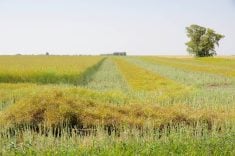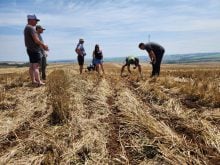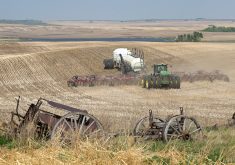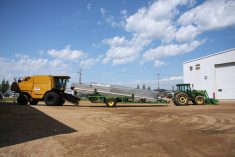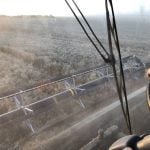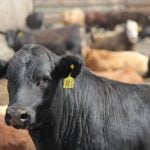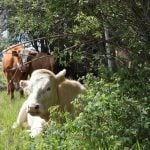Rozita Dara and her team of researchers at the University of Guelph have been working on an artificial intelligence-based tool to predict outbreaks of avian Influenza in Canada for several years .
But two years ago, when they engaged with members of the Canadian Food Inspection Agency about the tool, they were told that they were using a wrong dataset in its development, she says.
“They told us, ‘why are you using the number of cases? You have to go back to the number of outbreaks,’ ” Dara said during a recent Canadian Centre for Food Integrity webinar.
Read Also
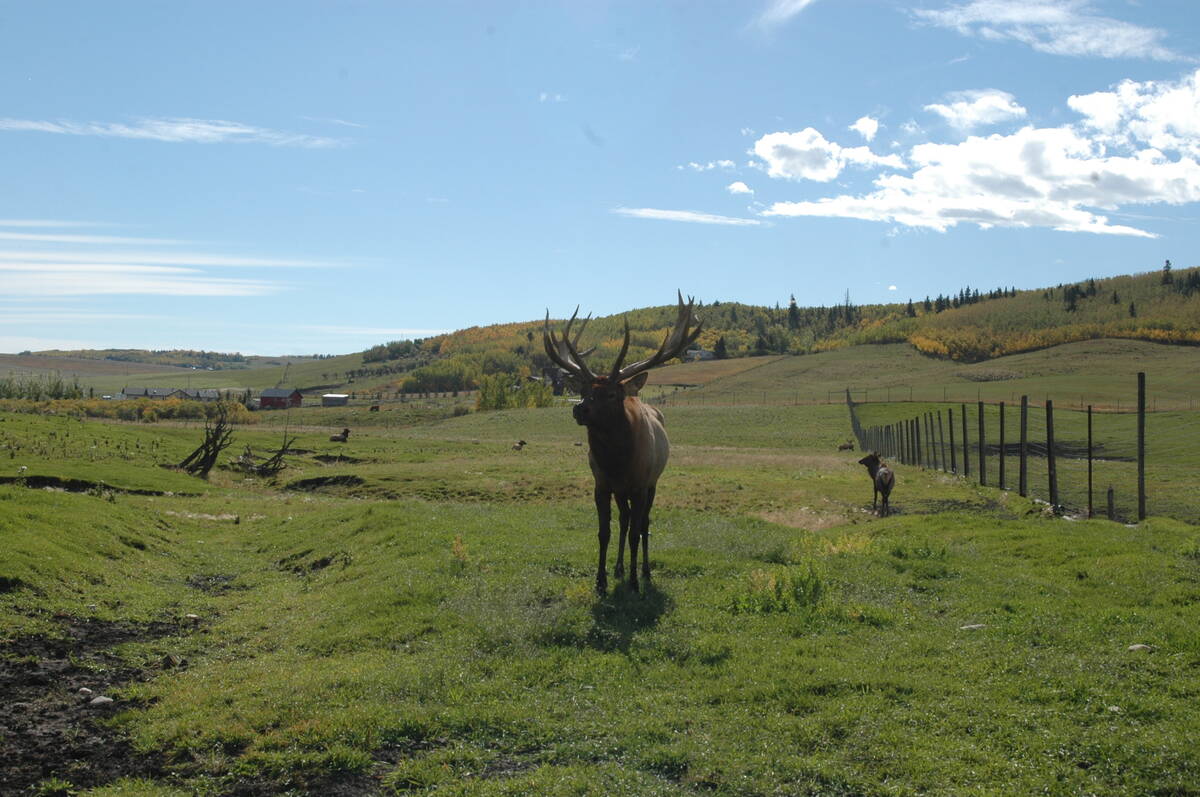
Feds propose overhaul of chronic wasting disease control program
Chronic Wasting disease control program getting updated by Canadian Food Inspection Agency with feedback encouraged from producers.
If the team hadn’t realized the error and switched datasets, the tool could have caused major problems, Dara said, issuing false information, causing users to make decisions with potentially serious repercussions and decreasing trust in AI tools in the future.
This example highlights one of the key risks for the agriculture sector right now, she says, as it increasingly adopts new AI technology to drive efficiency, sustainability and trust across all levels of the value chain.
“Data is absolutely critical,” said Dara, an associate professor at the U of G and a co-director of the university’s Artificial Intelligence for Food initiative.
“Many of the risks (with AI) are rooted in the data — low quality data, biased data, attacked data, data that has been manipulated for a certain purpose.”
She says this is also why it’s so important for AI developers to work collaboratively with a team of experts when developing models for the agriculture industry, whether it be agronomists, veterinarians or food safety experts to ensure a sound foundation.
“Before you even start, ask ‘what is the question, do you have the right data, did I frame our question right to build this AI system so that the output is reliable?’ These are very major questions.”
Other groups have issued concerns along the same lines, warning that yield prediction tools in Canada rely too heavily on input from higher-yielding areas, and that tools for carbon credit estimation and disease detection can be trained on datasets that are too narrow in scope.
Beyond data accuracy concerns, however, Dara says there are also cultural, community and ethical risks that come with AI use, as well as ones related to data privacy and security, infrastructure security and even environmental harm.
One of the biggest risks in her mind are also the unknowns.
“The problem is we don’t know what the risk is, we cannot word it in a way that we can find solutions for,” she said.
For example, she says privacy risks didn’t become top of mind for smartphone and internet users until Edward Snowden revealed in 2013 that the U.S. National Security Agency was secretly collecting phone and internet data from Americans.
Another major risk for the sector right now is related to AI and public trust, says Dorothy Long, managing director of Canadian Food Focus, a farm literacy organization.
She says that generative AI is changing the way consumers find information, shifting away from keyword-based searches to more conversational, context-aware interfaces such as ChatGPT. This shift positions some of the industry’s credible sources lower on the totem pole in terms of importance or prominence, she adds.
“Now, just being on the front page of Google results isn’t enough anymore. If you aren’t feeding the generative AI the answer, and that shows up at the top, your information is potentially being lost,” she says.
“Some people put a lot of effort into websites that are not going to be used by generative AI.”
Dara said the industry needs to come together to address and identify risks associated with AI for the agriculture sector, but being proactive on risk management shouldn’t hold it back from capitalizing on the major opportunities the technology offers the sector.
“In Canada, we are risk adverse,” Dara said.
“If you don’t use AI, that’s a risk of its own. All the other countries are moving ahead. We cannot afford not to use it or we may lose markets, competitiveness, opportunities for innovation.”
Long says her biggest concern is that the industry could miss out on an opportunity to use AI to combat misinformation.
“It’s happening so fast. Nobody, I think, is really realizing that the whole landscape is changing.”
In the meantime, Dara and her team continue work on their avian flu predictive tool, using data they are collecting from social media and historical disease, land cover and wild bird population records.
She believes tools like these will be extremely important to the sector, not only generating benchmark data but also building and testing models that can be trusted by end users. She also hopes one day the project will include a component to measure the effectiveness of control measures for such outbreaks so that industry members can make more informed decisions.
“That’s where it becomes useful,” she said.




